20,000 British military personnel in Nato war games as Russia threat looms

Some 20,000 British troops are heading to Poland to take part in the largest Nato exercise since the Cold War.
The deployment is part of Nato’s Steadfast Defender exercise, aimed at testing allies on their ability to engage in a large conflict. While not specifically targeted at any one adversary, the war games have been seen as a demonstrable show of strength in the face of warnings that Russia is seeking a military confrontation with the West.
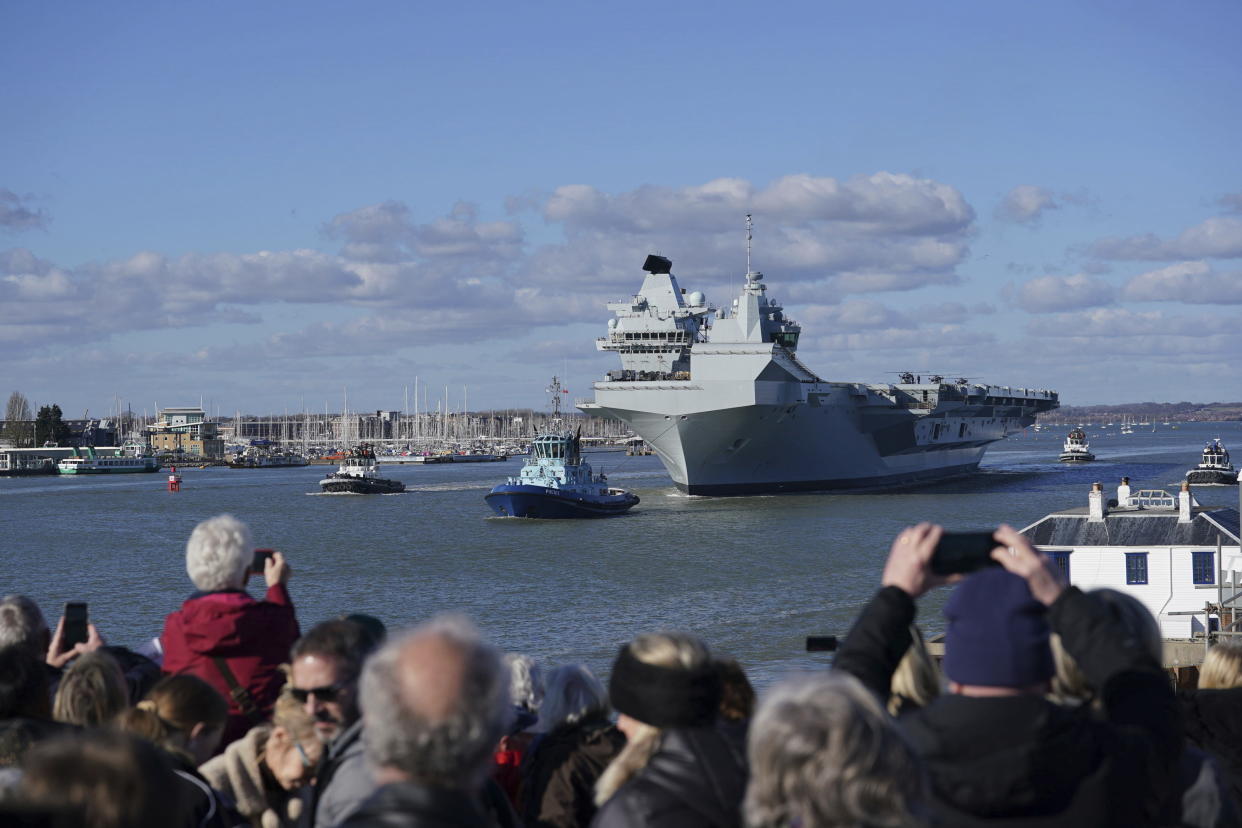
Armoured vehicles belonging to 7 Light Mechanised Brigade, also known as “The Desert Rats”, alongside Land Rovers, engineers’ tractors and support vehicles were loaded into a 23,000-tonne cargo vessel, Anvil Point, near Southampton on Tuesday. Some 600 vehicles will sail from the UK, and 1,500 service personnel will fly out to join the exercise
Nato is sending 90,000 troops for the exercises in Poland, with British troops making up over a fifth (22%) of the total numbers.
The UK will contribute 40% of the land forces for @NATO’s Ex Steadfast Defender.
30 NATO allies and Sweden will be exercising across multiple countries, testing #NATO’s readiness in its 75th year.
🔗: https://t.co/I3zLkO9ZI5#WeAreNATOpic.twitter.com/UNVHf5oUdv— Ministry of Defence 🇬🇧 (@DefenceHQ) February 13, 2024
Recommended reading
What happens if a Nato country is attacked?(Yahoo News)
Russia has lost more tanks than it had before the Ukraine war, says think tank(Business Insider)
'Russia cannot be beaten, our resources are enormous', - Putin's top diplomat in UK (Sky News)
Steadfast Defender is meant as a show of unity and capability – but it comes after the Royal Navy aircraft carrier HMS Prince of Wales was delayed at the last minute as it was about to set sail to replace its sister ship, HMS Queen Elizabeth, which was forced to cancel its own deployment earlier this month. The £3 billion warship had been expected to take part in the Nato exercise but final checks detected an “issue” with the starboard propeller coupling. Security minister Tom Tugendhat said the cancellation was “not acceptable”.
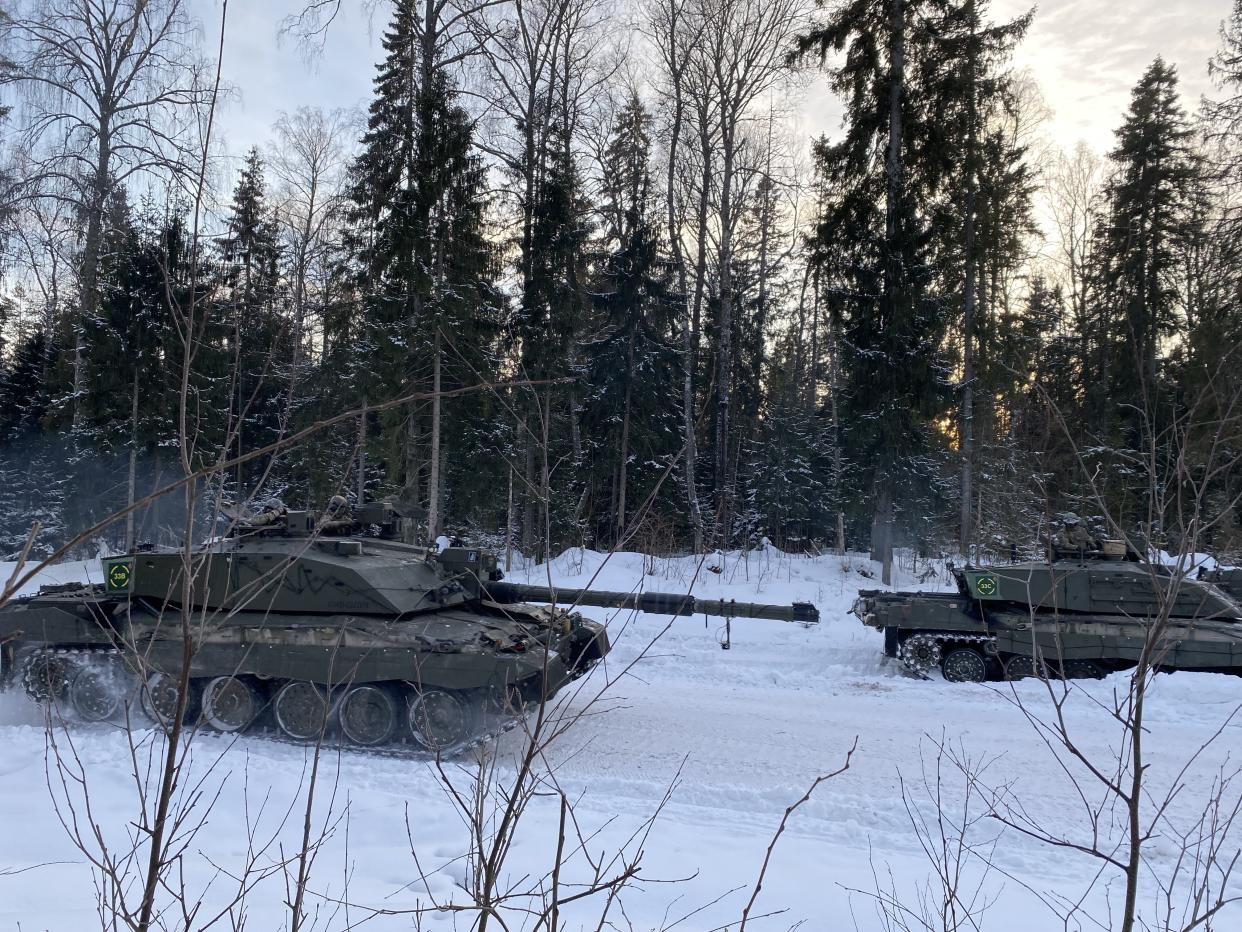
The drills also follow former president Donald Trump's suggestion that the US might not protect Nato allies from a potential Russian invasion if those countries had not spent enough money on defence. Trump, who is likely to be the Republican nominee in the next election, told an audience at a campaign rally last weekend that he had made the comments to a Nato leader, and told them he would encourage Russia to “do whatever the hell they want”.
Nato’s 31 members have agreed on a target of defence spending that is at least 2% of each country’s gross domestic product. Estimates have shown that only 11 member nations are spending that much.
'Cold War schemes’
Responding to Trump’s comments, Nato’s Secretary General Jens Stoltenberg said: "Any suggestion that allies will not defend each other undermines all of our security, including that of the US, and puts American and European soldiers at increased risk.” White House spokesman Andrew Bates added that Trump’s comments were “appalling and unhinged”.
Russia has described the scale of Steadfast Defender as an "irrevocable return" of the Nato to Cold War schemes. Russia's deputy foreign minister Alexander Grushko said in January that the exercises “are another element of the hybrid war unleashed by the West against Russia”.
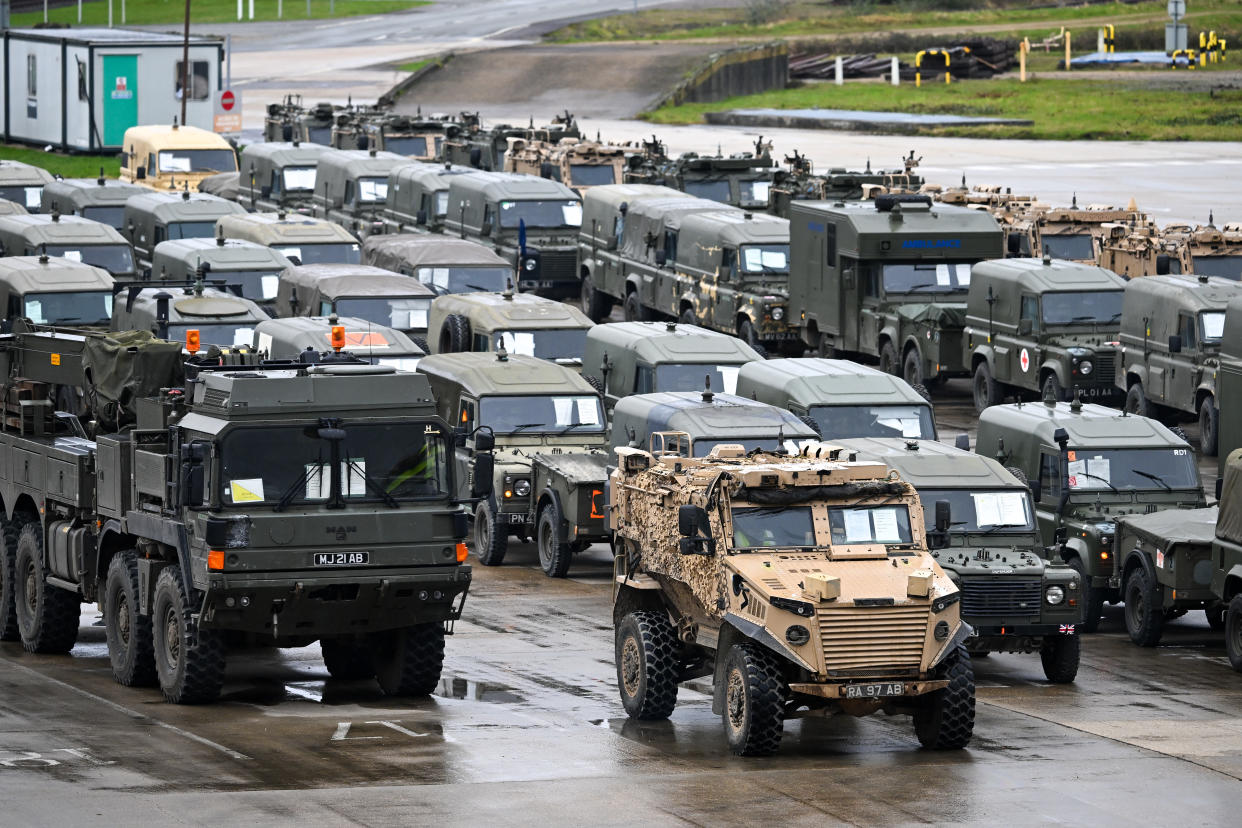
What is the UK sending in Steadfast Defender?
The deployment of British troops will see the use of the RAF’s most up-to-date fighter jets and surveillance aircraft. The Royal Navy will also send its most advanced warships and submarines, while a full range of the British Army’s capabilities – from logistics to armour to special operations forces – will also be used. Here is what is being sent, according to the government:
The Royal Navy
Eight warships and submarines and over 2,000 sailors will be sent as part of the drills. A UK Carrier Strike Group, centred on a Queen Elizabeth Class aircraft carrier and her air group of F-35B Lightning jets and helicopters, and surrounded by escort frigates and destroyers will operate in the North Atlantic, the Norwegian Sea and the Baltic Sea. More than 400 Royal Marines Commandos will be deployed to the Arctic Circle to land in the high north to practice defending the alliance in one of the world’s harshest environments.
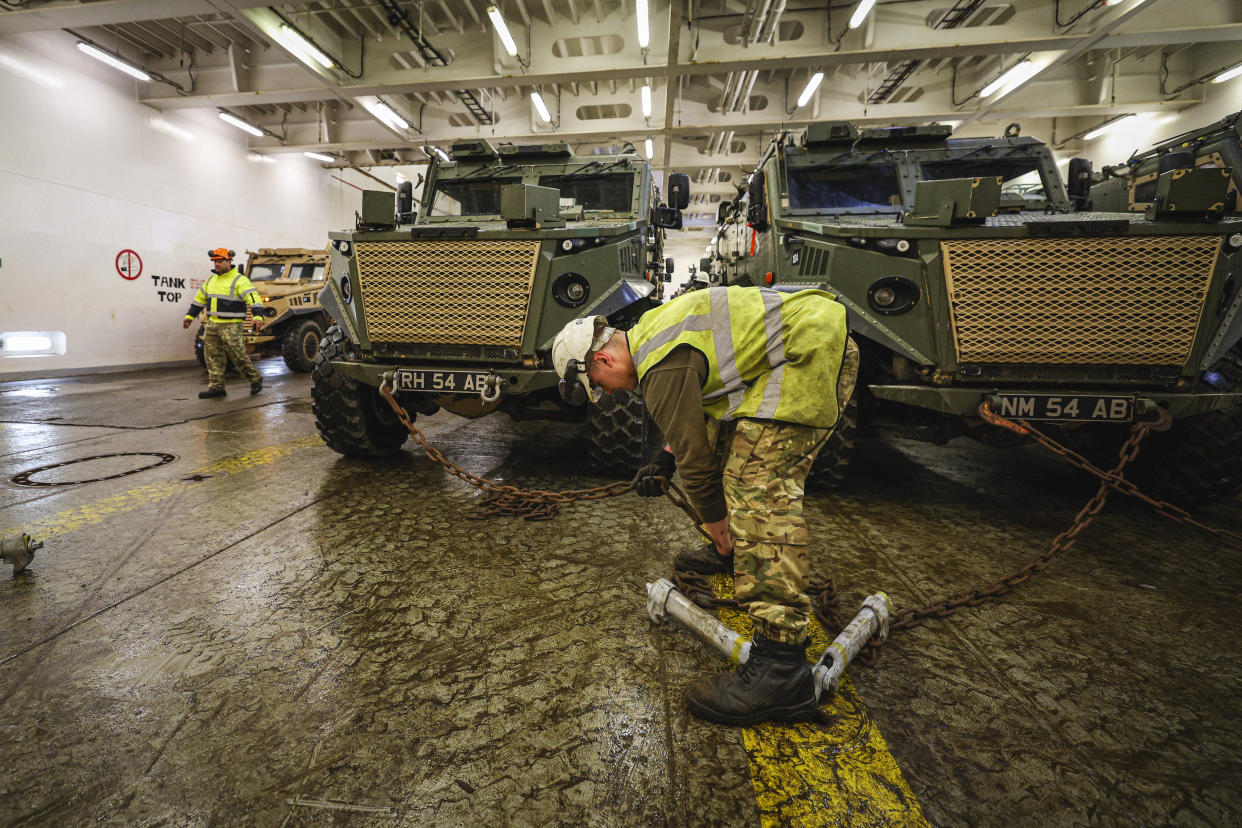
The British Army
16,000 troops deployed across Eastern Europe until June 2024, taking with them tanks, artillery, helicopters, and parachutes. There will be live fire manoeuvres, parachute jumps, an Army and Navy joint helicopter force, and Army Special Operations Forces on deployment.
The Royal Air Force
Cutting-edge aircraft, including F35B Lightning attack aircraft and Poseidon P8 surveillance aircraft, will be sent. The RAF will practice flying in simulated conflict scenarios against near-peer adversaries.
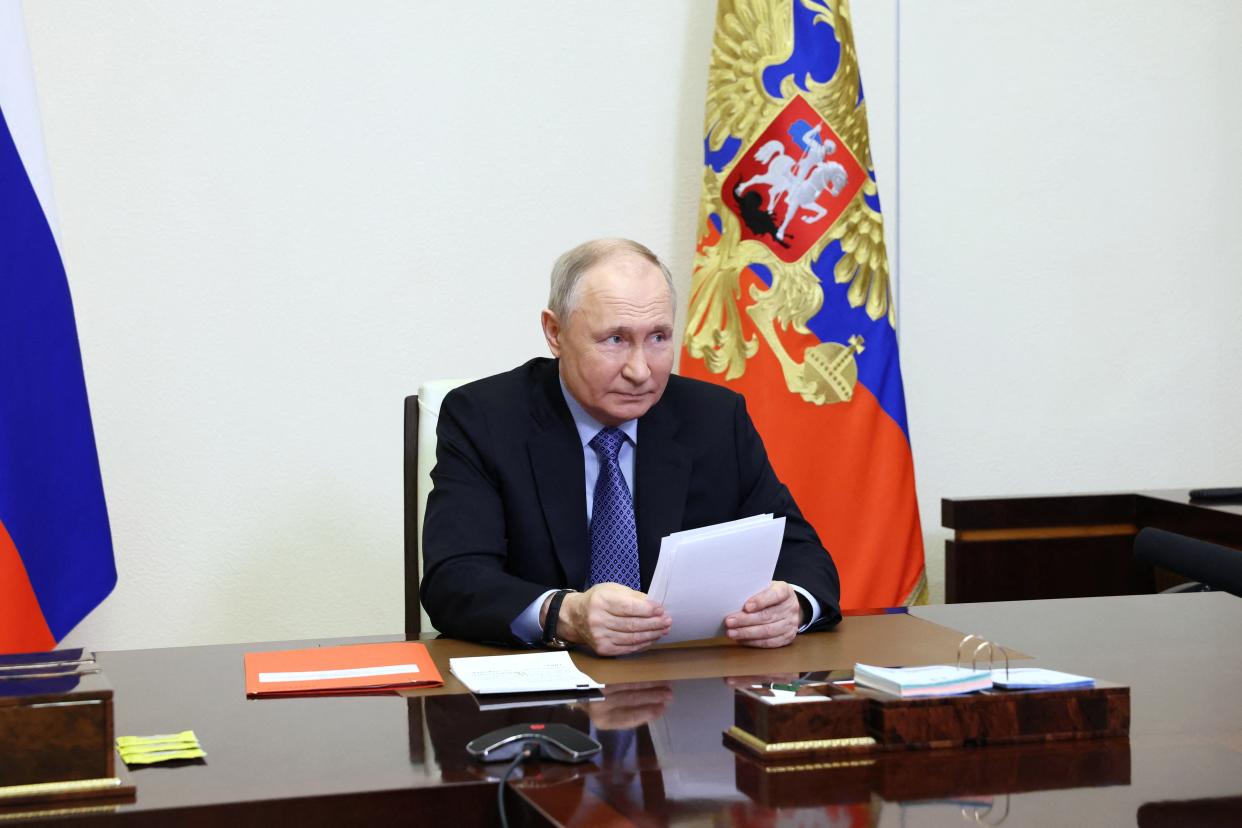
Nato warnings
While Nato did not mention Russia by name when it announced the drills, it has identified the country as the most significant and direct threat to members' security following its invasion of Ukraine in February 2022. Experts have also recently warned of a potential wider conflict with Russia.
As recently as this week, Kaupo Rosin, director general of Estonia's foreign intelligence service warned that Russia believes a conflict with Nato is possible within the next 10 years. He said Moscow intends to double the number of troops stationed along Russia’s borders with Finland and Baltic states.
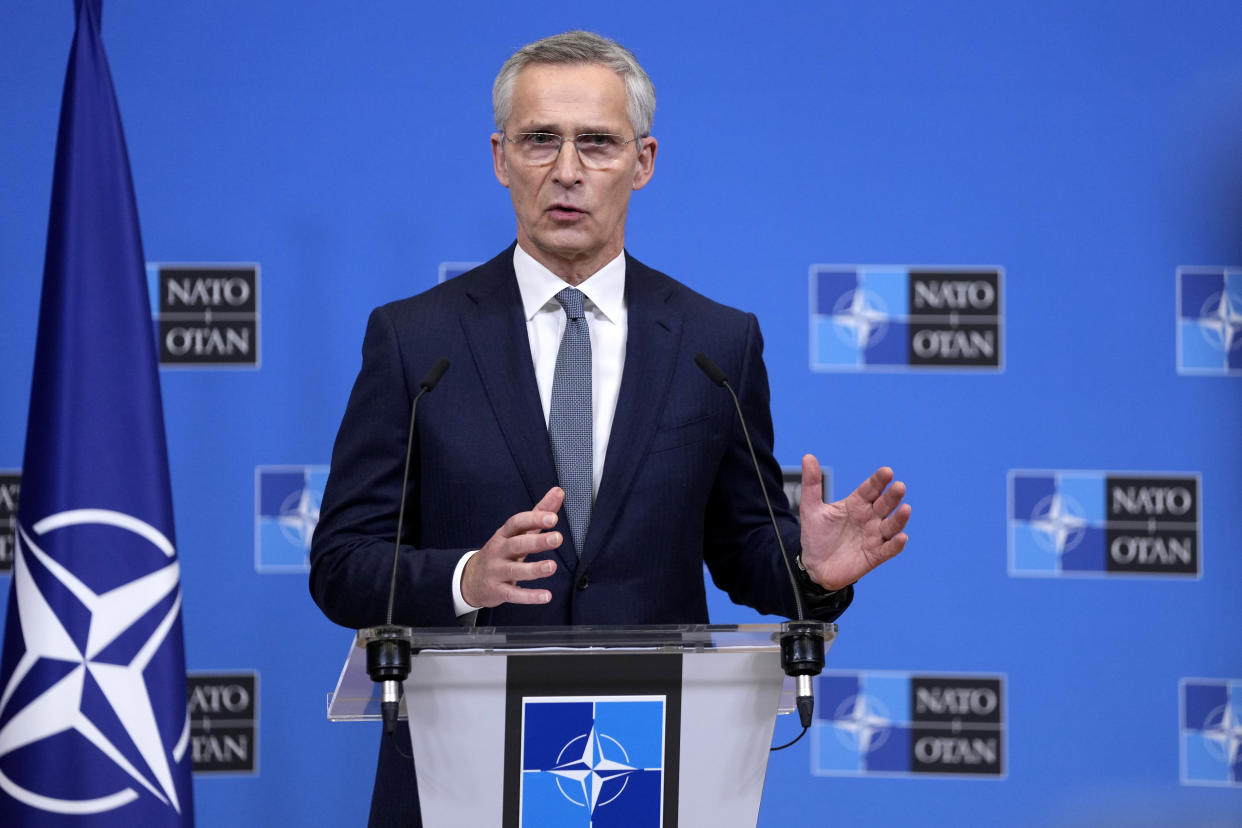
Nato secretary general Jens Stoltenberg said that members had “increased our vigilance, our presence in the eastern part of the alliance” in order to “prevent an attack on a Nato ally”. He added that Nato must “ensure that we have the readiness, the preparedness and the forces in place to remove any room for miscalculation or misunderstanding in Moscow about our readiness to protect every inch of Nato territory”.
Speaking last month, top Nato military official Admiral Rob Bauer also warned that civilians must prepare for the possibility of an all-out war with Russia in the next 20 years. He said it “is not a given that we are in peace”, adding that Nato forces are “preparing for a conflict with Russia”.
Meanwhile, General Sir Patrick Sanders, the outgoing head of the British Army, last month warned of the “Russian threat” and urged the UK to “train and equip” a “citizen army” that could take part in a land conflict.


